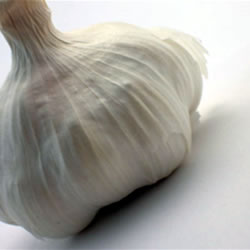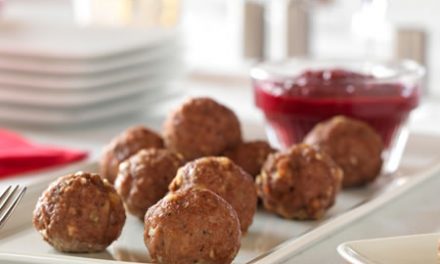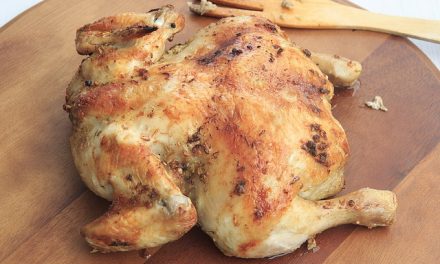Before World War II, health experts encouraged Italian- and Greek-Americans to give up their traditional diet, then considered unhealthy because it was based on spaghetti, country-style bread and vegetables sauteed with garlic and bathed in olive oil.
We wanted them to eat steak, potatoes and soft white bread with butter, a bland diet we believed built big, strong bodies. Eating aromatic garlic was strongly discouraged.
American GIs returning from Europe after the war, who had enjoyed garlic as part of the local cooking, helped change our view of this full-flavored bulb. Having discovered how garlic, properly handled, enhances the flavor in soups, stews & sauces, they shared the Italians' enthusiasm for its flavor and aroma.
Then, in 1954, James Beard, who had served in the Navy, published his recipe for chicken roasted with 40 cloves of garlic. Although mind-boggling in concept for some cooks, the recipe became an instant success with those who were now comfortable using garlic. Soon, this Mediterranean classic became unavoidable at dinner parties.
I suspect this dish, which was considered adventurous, won more fans than the overly-pungent garlic bread also popular at the time. People discovered that roasting garlic tames its harsh flavor and caramelizes its sugar, making the creamy cloves taste almost sweet.
Once we got used to rubbing our salad bowl with a cut garlic clove to gently perfume the greens, and making pasta sauce from scratch, garlic was ready to become a star.
At Chez Panisse, the trend-setting restaurant in Berkeley, California, chef-owner Alice Waters served a whole head of roasted garlic in 1971. She taught diners to press out its soft cloves and spread them across slices of bread.
So many other chefs followed her lead that roasted garlic has become as familiar as olive oil, used to lend its softer flavor to dressings, soups, even mashed potatoes.
Roasting garlic is easy if it is done slowly, in a preheated 325-degree oven. Expose the cloves by cutting off the top of the head and bake covered in foil about one hour, or until soft and tender. (Spraying with oil first keeps the cloves moist as they roast, or you can use a few drops of olive oil.)
A roasted head of garlic keeps for a week or more, so you can gradually use the cloves to season vegetables, dressings, soups and other dishes, or as a spread for bread.
If you don't have a head of garlic already roasted, you can gently saute the cloves needed for one dish in a pan with a little oil, until soft and golden, as in this treatment of spinach.
Spinach with Roasted Garlic
Makes 4 servings
Ingredients
- 2 tsp. extra-virgin olive oil, divided
- 3-5 garlic cloves (or according to taste), peeled and finely chopped
- 1/4 cup fat-free, reduced-sodium chicken broth
- 1 large bunch fresh spinach or baby spinach leaves, well washed and free of excess water (or 1 bag baby spinach leaves, suitable for microwaving in the bag)
- Salt and freshly ground black pepper
Directions
- In non-stick skillet, heat 1 teaspoon oil over medium heat until hot. Add garlic and gently saute until golden and soft.
- Remove garlic with slotted spoon and place in blender or food processor. Add a small amount of the broth and puree garlic; gradually add remaining broth.
- Add remaining oil to pan and heat over high heat until hot. Add spinach and toss with fork until spinach has wilted. Add garlic/broth mixture and continue cooking, stirring constantly, until spinach is tender, 1 to 2 minutes. Serve immediately.
Nutritional Information Per Serving:
42 calories3 g. total fat
less than 1 g. saturated fat
4 g. carbohydrate
3 g. protein
2 g. dietary fiber
105 mg. sodium
Diabetic Exchanges: 1/2 Fat, 1/2 Vegetable
0








